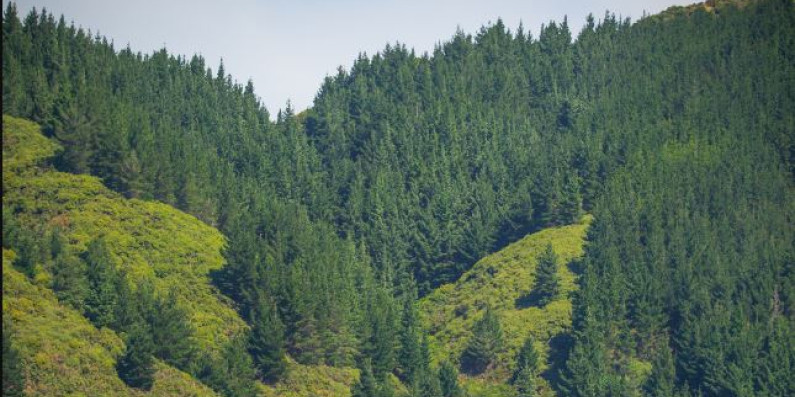
New forestry rules increase council controls and require large slash removal
Changes have been made to how commercial forestry is managed to give local councils more power to decide where new forests are located.

Changes have been made to how commercial forestry is managed to give local councils more power to decide where new forests are located.
Other changes include clear rules on harvesting practices and new requirements to remove large pieces of slash.
Forests planted for carbon sequestration will now be managed in the same way as plantation forests. All forests will now have clear rules about harvesting practices.
Councils will be able to have plan rules, developed in consultation with their communities, controlling where new commercial forests are located.
The National Environmental Standards for Plantation Forestry (NES-PF) regulations previously set out regional and district rules for managing the environmental effects of commercial forestry. The NES-PF only managed forests planted for harvest.
Since the NES-PF was introduced in 2018, there has been an increase in carbon forests (continuous cover exotic forestry) which also have environmental effects that need managing. This follows a rise in the carbon price and farm conversions to forestry because of better profits.
Environmental effects of increasing forests include forests growing in places where more environmental damage can happen, erosion, sediment flowing into waterways and the movement of slash.
The regulations will be known as the National Environmental Standards for Commercial Forestry (previously the National Environmental Standards for Plantation Forestry) to reflect the inclusion of carbon forests. They will be in force from 2 November 2023.
Find out more about the National environmental standards for commercial forestry
Read the Ministers' media release [Beehive website]